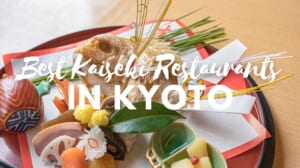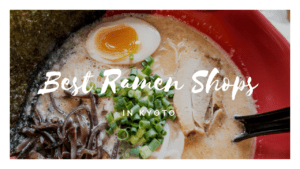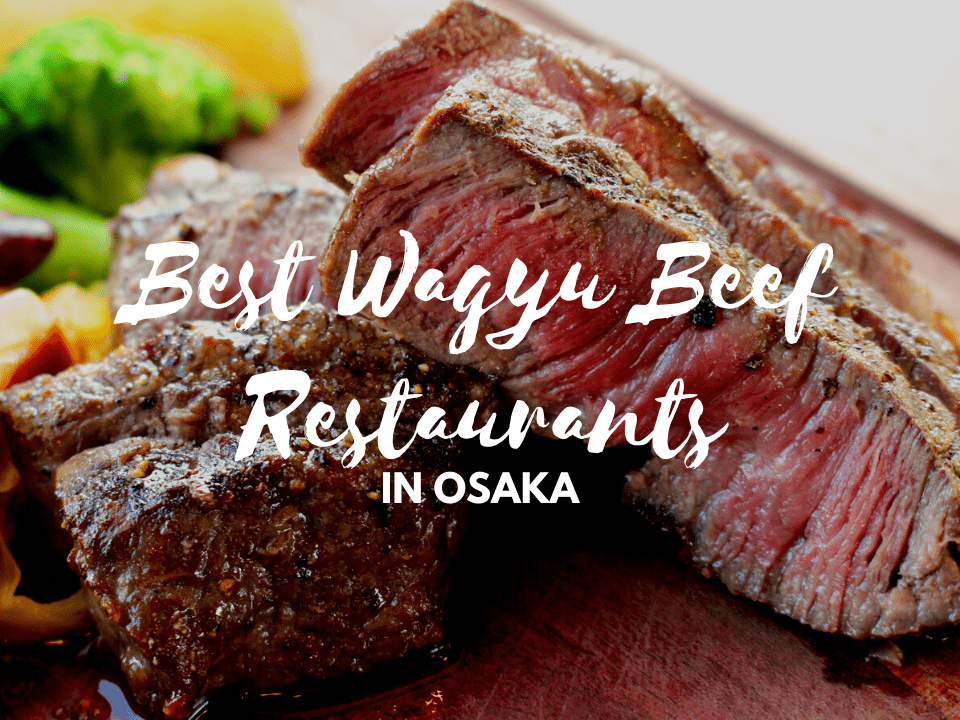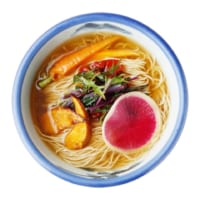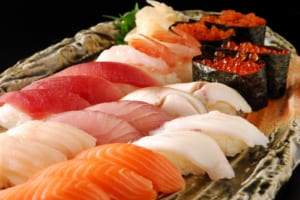10 Best Kaiseki Restaurants in Japan
Top Japanese culinary sophistication
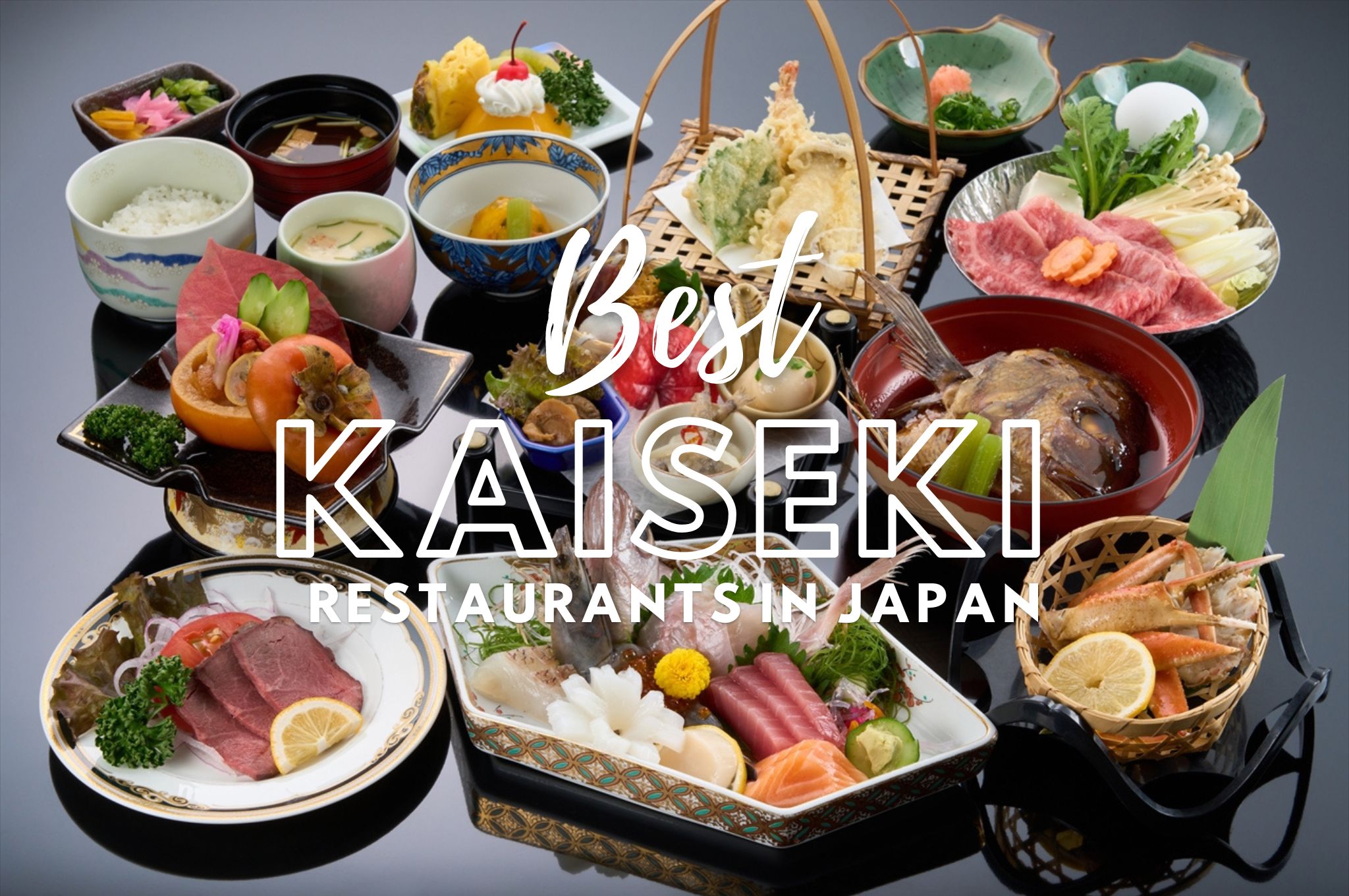
Japan is where the art of dining is elevated to new heights with each bite. It’s no wonder that it’s the country that absolutely dominates the prestigious Michelin guide, with the highest concentration of awarded restaurants. And when it comes to kaiseki, these refined multi-course meals showcase some of the best features of traditional Japanese cuisine, and eating becomes a feast for the senses.
Be it traditional establishments or innovative eateries, there are countless opportunities to experience the magic of kaiseki where each dish is a sample of the season’s finest ingredients arranged with precision and presented like a work of art. Here, we make a selection of the country’s best kaiseki restaurants among those that have received one or more stars.
*Please note that this article contains affiliate links.
1. Hanakoji Sawada (Hokkaido)
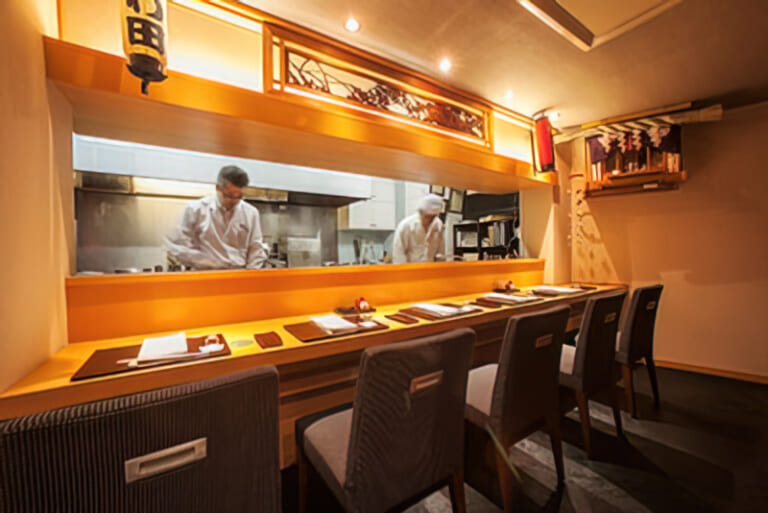
Hanakoji Sawada (花小路さわ田) a three-Michelin-starred Kaiseki restaurant located in Sapporo, Hokkaido, offers an Omakase experience featuring the finest local, seasonal ingredients.
Under the culinary expertise of Chef Tomoya Kago, the restaurant elevates traditional Japanese cuisine to new heights while ensuring each menu is tailored to meet the individual needs and preferences of its guests. It’s one of only three restaurants in Hokkaido to receive such recognition.
This restaurant is for you if you seek an unparalleled Omakase experience where traditional Japanese cuisine is elevated with a personal touch, tailored to your individual tastes.
▶︎Make a reservation for Hanakoji Sawada here!
2. Iida (Kyoto)
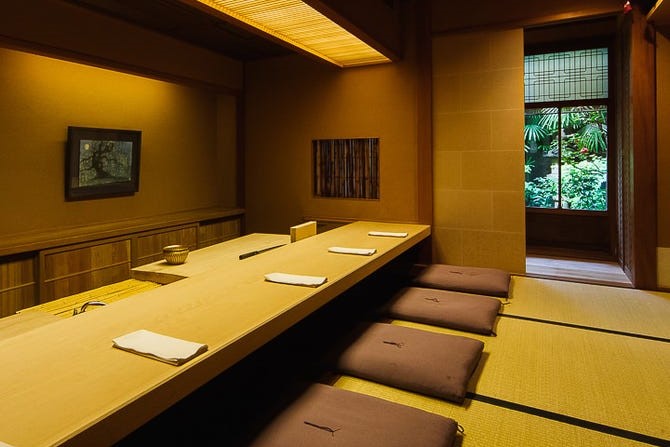
Iida 飯田 has been a premier example of classic Kaiseki cuisine in Kyoto since its founding in 2010. The dining atmosphere, steeped in timeless elegance, is further enhanced by the owner’s passion for antique Japanese pottery, as each meal is served on plates and bowls with a rich history.
However, securing a reservation can be a challenge as the restaurant is in high demand and reservations are often fully booked up to two years in advance. Plan ahead for a truly unforgettable culinary experience.
This restaurant is for you if you appreciate the timeless elegance of classic Kaiseki and have the patience to plan ahead, as the wait for a reservation is a testament to its exceptional culinary artistry.
▶︎Make a reservation for Iida here!
3. Nakamura (Kyoto)
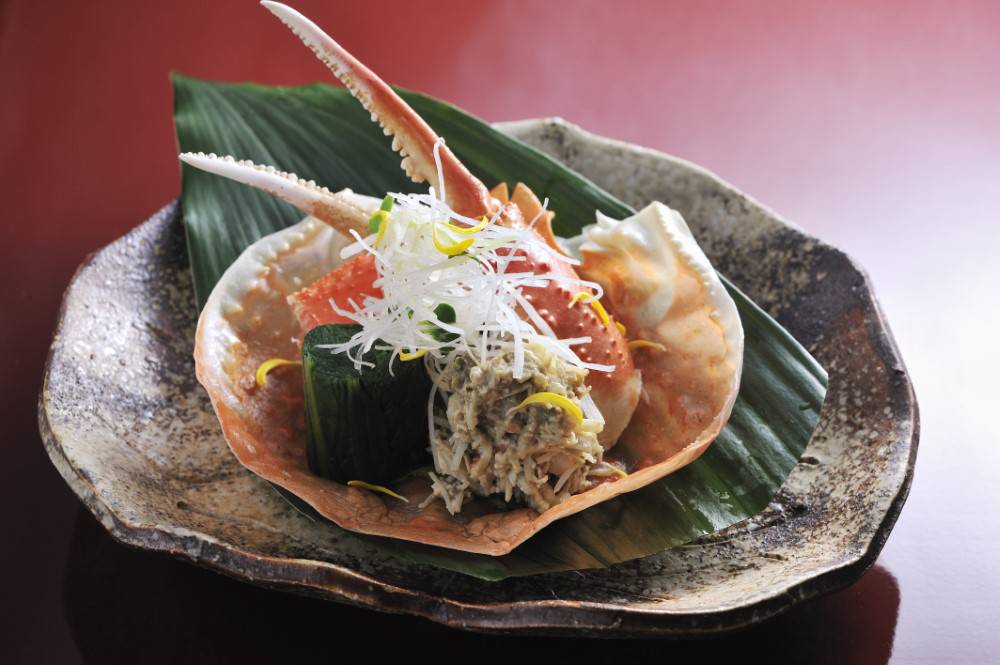
Nakamura (なかむら) is a culinary gem developed with tradition and history. Six generations of master chefs from the Nakamura family have devoted their lives to preserving the restaurant’s distinct and unparalleled flavor, representing the finest in traditional Kaiseki from Kyoto for the past 180 years.
Today, Chef Motokazu Nakamura continues this legacy, showcasing the essence of traditional Japanese cuisine and solidifying Nakamura’s place as both a local historical landmark and an international ambassador of Japanese gastronomy.
This restaurant is for you if you’re a connoisseur of history and tradition, eager to taste the legacy of six generations of Kaiseki mastery in a meal that’s both a feast and a journey through time.
▶︎Make a reservation for Nakamura here!
 Access Access |
5 mins walk from Karasuma Oike Station |
|---|---|
 Official Website Official Website |
https://kyoto-nakamura.com/ |
4. Kashiwaya (Osaka)
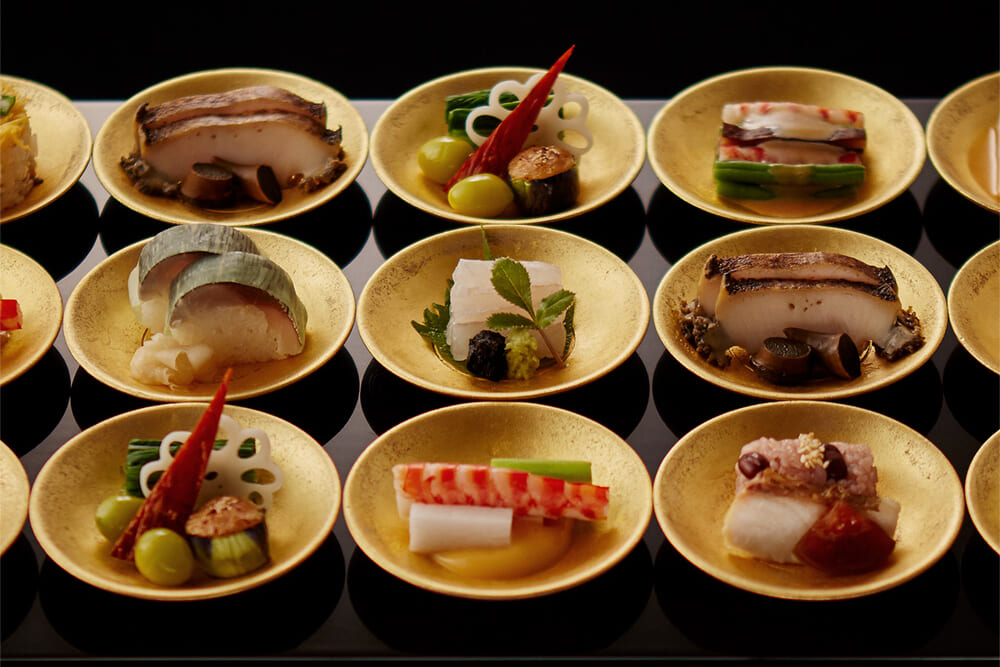
As if having 3 Michelin stars wasn’t enough, Kashiwaya (柏屋) belongs to an even more select club of restaurants, those that have been awarded a green star thanks to their contributions to more sustainable cuisine.
Chef Hideaki Matsuo has developed a menu that reflects the “story of the four seasons”, incorporating sensibility and creativity into every dish, following the family traditions inherited from his father, the restaurant’s founder. The restaurant embodies the essence of Japanese hospitality, including a tea room and a traditional garden, as a testament to the owner’s love of tea ceremonies and Japanese culture.
This restaurant is for you if you value sustainability as much as taste, offering a menu that tells the story of the seasons while honoring the earth with its green Michelin star.
▶︎Make a reservation for Kashiwaya here!
5. Mizai (Kyoto)
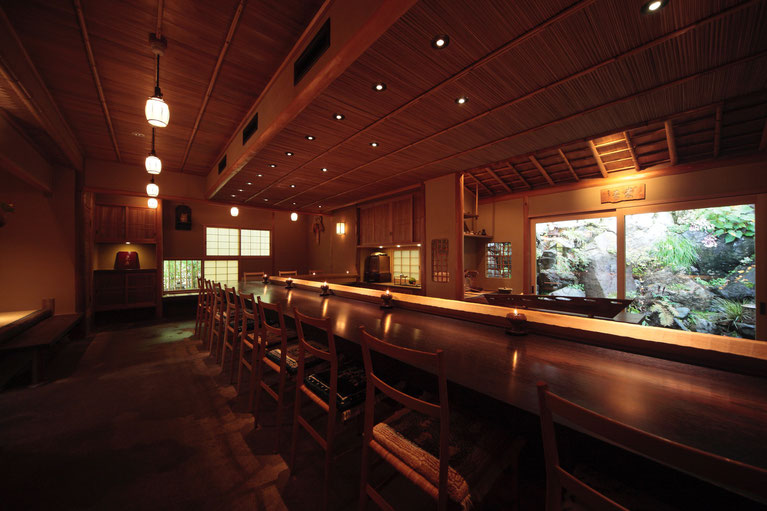
At Mizai (未在), a Kaiseki restaurant in Kyoto, chef Hitoshi Ishihara invites diners to indulge in a rather unique gastronomic experience. With a fresh spin on traditional cuisine, the meal is served simultaneously to all guests, fostering a sense of community at the table.
But the delights of Mizai extend far beyond the succulent seasonal menu. The matcha green tea, made using holy water from the nearby Yasaka Shrine, elevates the experience to a spiritual realm, seamlessly blending flavor and tradition.
This restaurant is for you if you’re looking for a unique communal dining experience that blends the spiritual with the gastronomical, highlighted by matcha made with holy water.
▶︎Make a reservation for Mizai here!
6. Jushu (Tokyo)
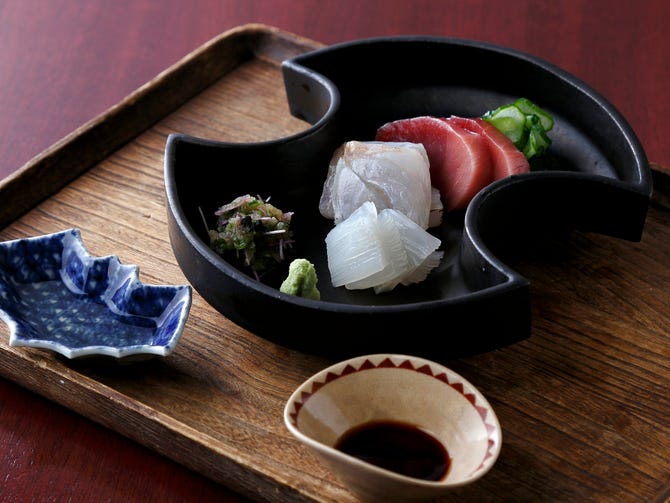
Jushu (壽修) is a hidden gem located in a quiet neighborhood. Its owner, Masao Sakizaki, offers a Kansai Kaiseki style dining experience featuring fresh vegetables, seafood, and Imari beef straight from his hometown of Saga. Upon arrival, a magpie, the symbol of Saga, warmly greets you, showcasing the charming essence of the region.
Chef Sakizaki emphasizes the taste of freshly made dishes, and focuses on minimal preparation to preserve the natural flavors of the ingredients. Pair your meal with a local sake from Saga, expertly selected to complement the flavors of the cuisine.
This restaurant is for you if you desire a cozy, hidden gem that offers a taste of Saga in Tokyo through fresh, minimally prepared dishes and a warm, welcoming atmosphere.
▶︎Make a reservation for Jushu here!
7. Oryori Furukawa (Fukuoka)
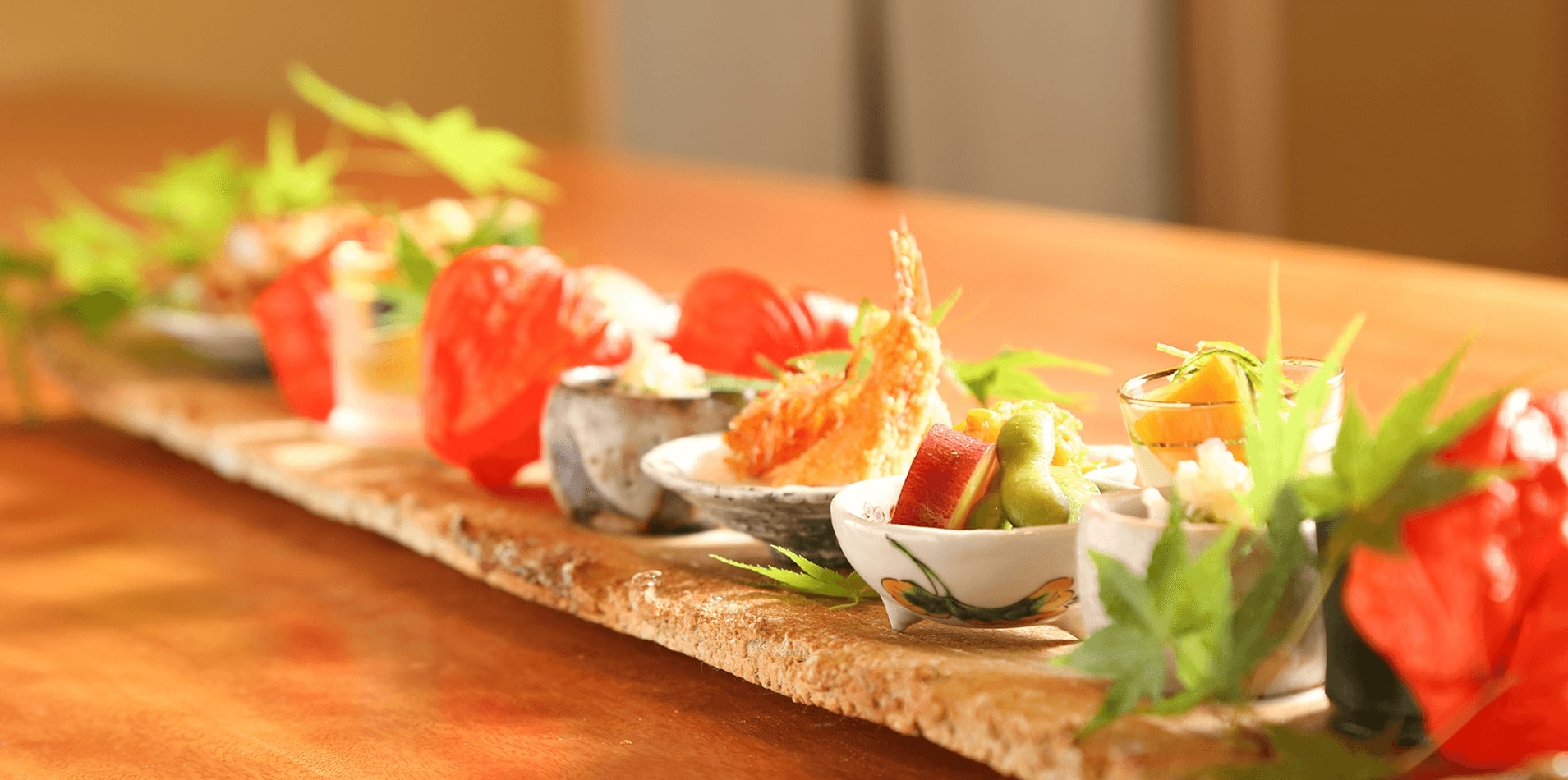
Oryori Furukawa (御料理 古川) is a standout restaurant in the heart of Fukuoka, serving traditional Kaiseki cuisine with a modern twist. The owner-chef, Makoto Furukawa, honed his skills at Osaka’s renowned Aji Kitcho for 13 years before returning to his hometown to further refine his craft. His menu showcases the finest local ingredients, including seasonal produce from Yanagibashi Market, and incorporates local crafts such as Arita-ware porcelain and woven Hakata fabrics.
The visually stunning “Hassun” course and the perfectly prepared rice dish are highlights of the dining experience. Chef Furukawa also offers a carefully curated selection of seasonal Japanese sake to complement his dishes and takes great care to personalize each meal and ensure customer satisfaction.
This restaurant is for you if you seek a modern twist on traditional Kaiseki, personalized service, and a chef who pairs local ingredients with a passion for local crafts.
▶︎Make a reservation for Oryori Furukawa here!
8. Suginoi (Ishikawa)
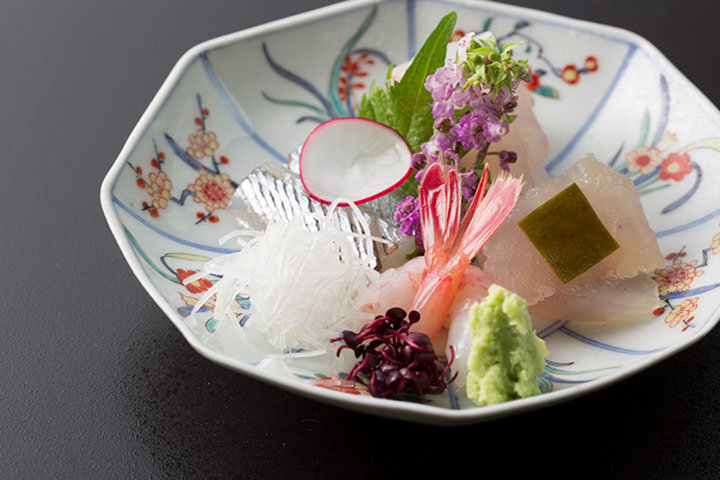
The 2-star Ryotei Suginoi (杉の井) is a Japanese-style restaurant located along the Saigawa River. Renovated from a late Meiji period mansion, it features tatami mats in the Sukiya-zukuri and Shoin-zukuri styles. Second-generation owner, Koichiro Koshizawa, aims to offer a traditional dining experience that showcases Kanazawa’s food culture.
The restaurant uses fresh seasonal ingredients, such as seafood and mountain produce, and serves 20 kinds of Japanese sake and wine. There are several private rooms ranging in size to accommodate groups of 2 to 30 or more and the entrance opens to a 150-tsubo Japanese garden.
This restaurant is for you if you’re drawn to dining in a historic setting that offers a traditional experience with a focus on seasonal ingredients and a picturesque Japanese garden.
▶︎Make a reservation for Suginoi here!
 Access Access |
16 mins walk from Nomachi Station |
|---|---|
 Official Website Official Website |
http://kanazawa-suginoi.co.jp/ |
9. Chakaiseki Nakahan (Fukuoka)
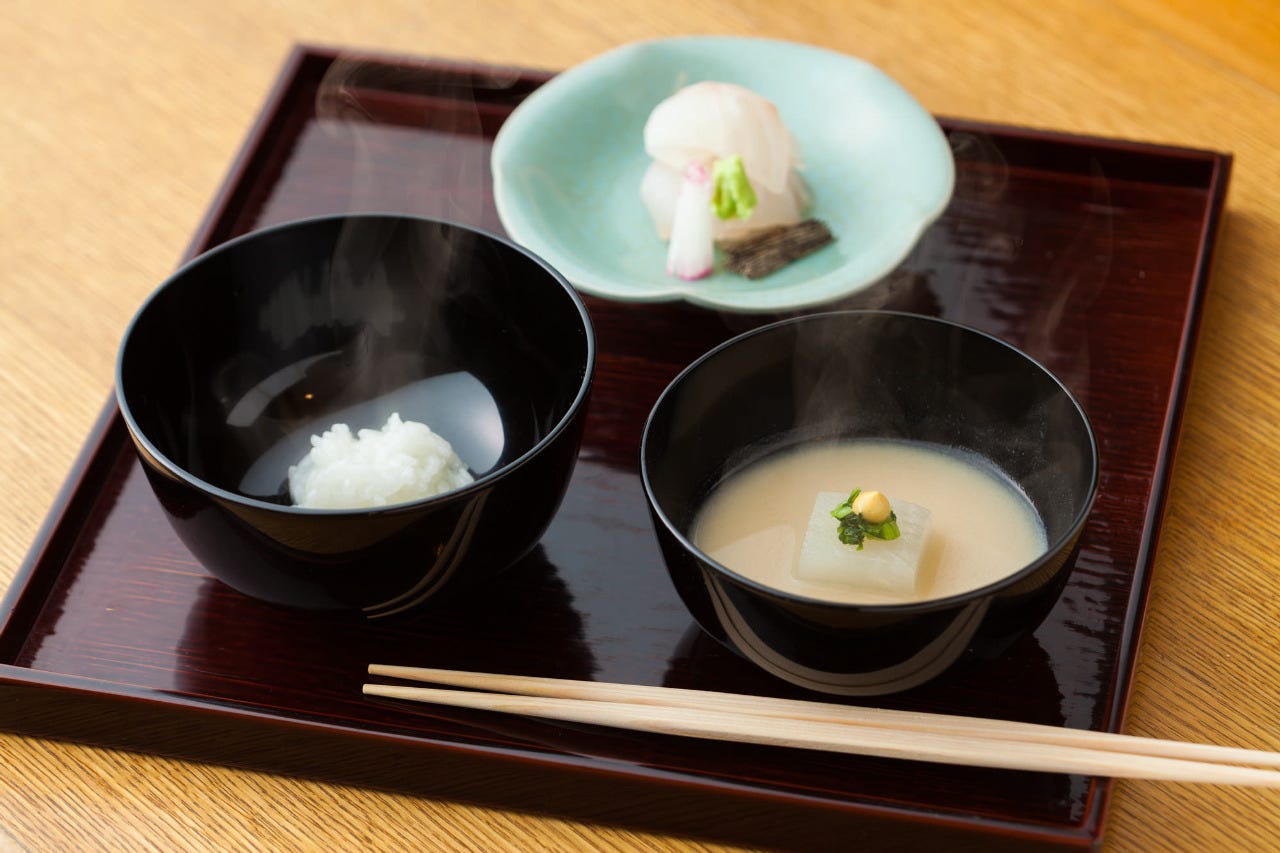
Chakaiseki Nakahan (茶懐石 中伴) is a renowned two-star kaiseki restaurant located in the heart of Nakasu that embodies the essence of Japanese culture through dishes inspired in tea ceremony, where beauty lies in simplicity. The style mimics the traditional ambiance of a tea room, with only 8 counter seats available for an intimate dining experience.
Delight in the delicate art of bonito flake shaving and rice cooked to perfection upon your arrival. Immerse yourself in the beauty of the seasons and the serenity of the world of tea.
This restaurant is for you if you appreciate the art of simplicity and the intimate ambiance of a traditional tea room, coupled with the meticulous preparation of each dish.
▶︎Make a reservation for Chakaiseki Nakahan here!
 Access Access |
6 mins walk from Nakasukawabata Station |
|---|---|
 Official Website Official Website |
https://fb01000.gorp.jp/ |
10. Ryoriya So (Hokkaido)
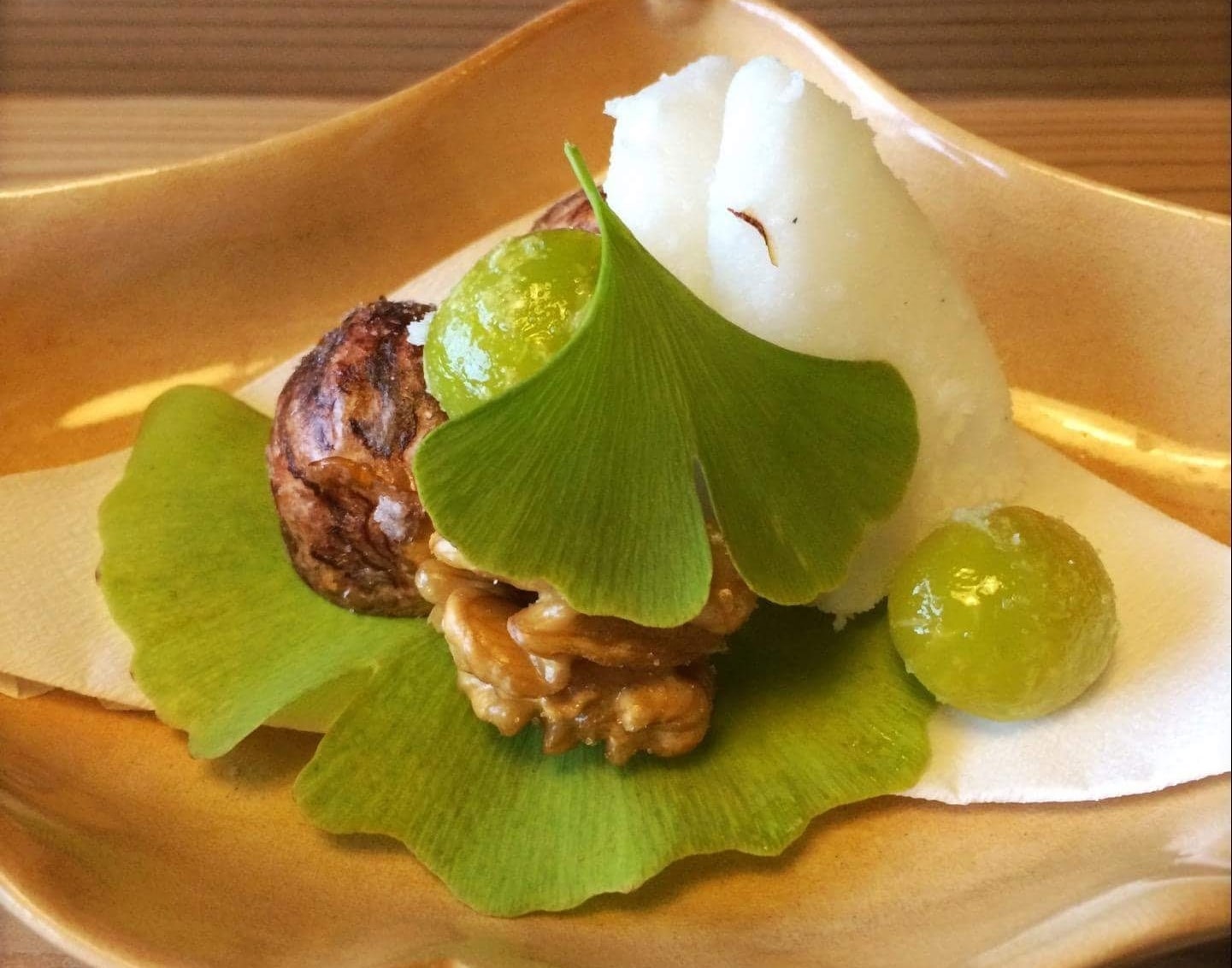
Ryoriya So (料理屋 素) is the brainchild of chef Takashi Anezaki, born and raised in Hokkaido and with a deep appreciation of top-quality local ingredients. His formative years were spent in Kyoto and Kagawa, after which he returned to open this restaurant in Sapporo in 2005.
He places great emphasis on the simplicity of well-done cuisine without excessive theatricality, but also takes into account the origin of his clients as part of the culinary experience, going as far as including ingredients from said origins to honor their personal preferences. Seasons also play a big part in the crafting of each dish.
This restaurant is for you if you value simplicity and authenticity in cuisine, personalized to reflect not just the seasons but also the origins of its guests.
▶︎Make a reservation for Ryoriya So here!
 Access Access |
7 mins walk from Maruyamakoen Station |
|---|---|
 Official Website Official Website |
http://www.ryouriya-so.jp/mainrestaurant.html |
▽Check more lists of the best restaurants in Japan!▽
▶Best Michelin Star Restaurants in Japan
▶Best Ramen Restaurants in Japan
▶Best Sushi Restaurants in Japan
▶Best Wagyu Beef Restaurants in Japan
▽Subscribe to our free news magazine!▽
To get more information about restaurants in Japan, check out the following articles!
▽ Related Articles ▽
▼ Editor’s Picks ▼
Written by
Photographer, journalist, and avid urban cyclist, making sense of Japan since 2017. I was born in Caracas and lived for 14 years in Barcelona before moving to Tokyo. Currently working towards my goal of visiting every prefecture in Japan, I hope to share with readers the everlasting joy of discovery and the neverending urge to keep exploring.







